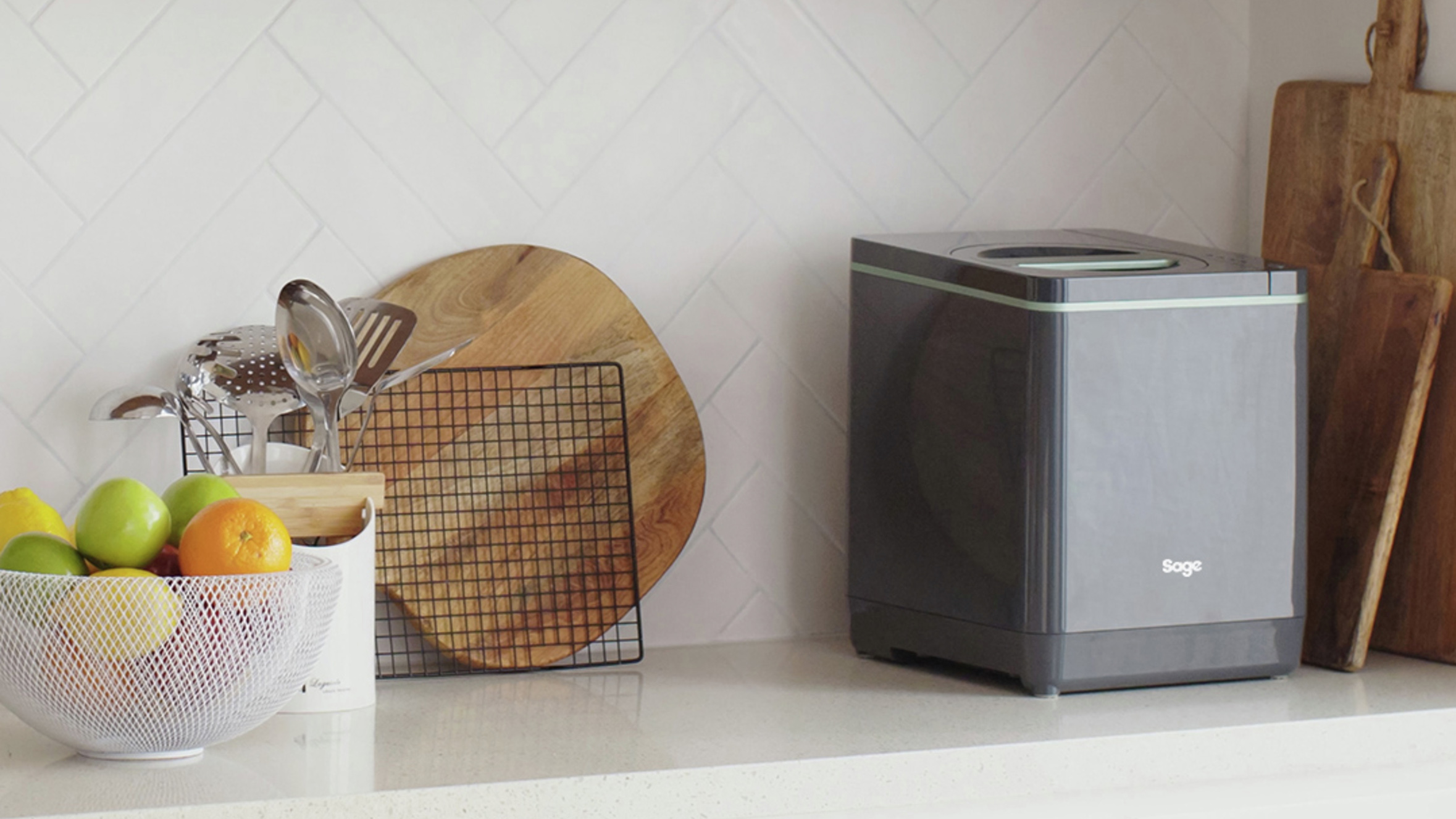Tom's Guide Verdict
The FoodCycler effectively broke down our food waste with minimal noise. Compared to composting, it’s quick to use and doesn’t smell to store. It’s a bit small for a large family though.
Pros
- +
It works, food waste was broken down
- +
Very easy and quick to use
- +
Quiet in use
Cons
- -
Comes with a steep price tag
- -
Wouldn’t suit a large family
- -
Not good for vegetable gardens
Why you can trust Tom's Guide
More and more of us are trying to be as sustainable as we can. Whether we’re recycling, saving energy or reducing waste. That’s why any new products which come along to help us achieve a more sustainable lifestyle are welcomed with open arms.
Enter the Sage FoodCycler. This appliance promises to reduce food waste by more than 80% in as little as 4 hours. It does this by breaking it down into a soil amendment which Sage calls “EcoChips.” These chips can either be directly binned or incorporated into your garden as a fertilizer. Either way, you’re reducing your food waste footprint.
To use the FoodCycler, you simply tip your food waste into the internal bucket, lock the lid and press go. It sounds almost too good to be true, so we had to review the Sage FoodCycler to find out for ourselves.
- Check out how to clean a dishwasher
- Here's 3 reasons why you shouldn't overfill your freezer
- Here are the best microwaves right now
Sage FoodCycler review: Price and Availability
The FoodCycler was released in May 2021 and is currently on sale for £399.95 from Sage in the UK, whose parent company is Breville. With each FoodCycler you receive a removable 2L bucket with agitators, a set of EcoFilters with guides, a locking lid for the main unit and a separate bucket lid. With regular use, the filters will need to be replaced every 3-4 months (500 Cycle hours) and these can be purchased from Sage for £34.95. The separate bucket lid also contains a carbon filter which Sage recommends replacing every 2-3 months to help reduce odours. These cost £10.20 from Sage.
A very similar model is also available from Vitamix in the US for $399.95.
What is the FoodCycler?
Sage’s FoodCycler is essentially a small, fast-acting compost bin which is designed for household-use. It reduces up to 2L of food waste to 0.34L of dry soil amendment which Sage calls EcoChips.These EcoChips claim to reduce our food waste footprint by over 80% and can be binned or used in the garden. To produce these chips, the FoodCycler dehydrates, grinds, and cools your food waste. Depending on the type of food, the entire process can take anything from 4½ hours to 8½ hours. At the end of the cycle, an audible noise lets you know it’s finished and ready to empty. It’s worth mentioning that the chips are not ideal for the garden if you grow food; any food which comes into contact with the incorporated soil cannot be eaten for 90 days after application.
It’s a compact machine, measuring less than 40cm in height, and contains a removable 2L porcelain-coated bucket which holds the food waste. It comes with two EcoFilters to help filter the odour during a cycle and a secondary lid for the bucket, should you want to store it separately from the main unit. This lid also contains a carbon filter to help reduce any odours.
Capacity: 2L
Dishwasher Safe: Bucket only
Colours Available: Grey
Power: 500w
Size: 36 x 27.5 x 32cm
Warranty: 2 years
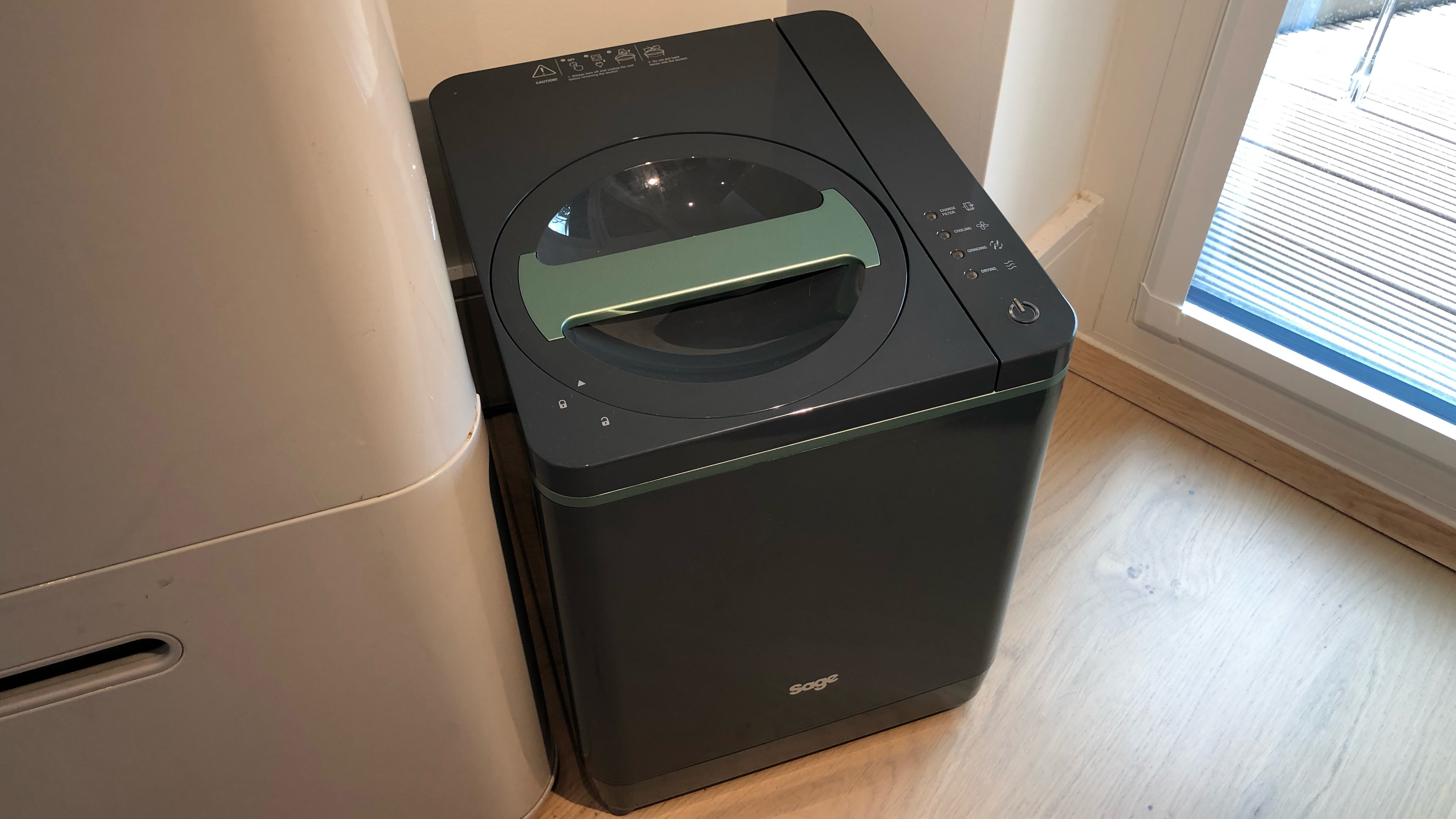
Sage FoodCycler Review: Design and Ease of Use
On first setting up the FoodCycler, there was a fair amount of internal packaging. This included stickers on the top of each filter in the back of the unit, which was awkward to reach, so the filters needed to be removed.
Once packaging was removed, it was quick and straightforward to set up. All of the parts fitted together easily and it wasn’t too heavy to carry to position, weighing just over 12kg. It is worth flagging that the FoodCycler does need a power source, so bear in mind you will need an outlet nearby. Sage has supplied a secondary lid just for the bucket in case you can’t place the unit in a convenient location. This means you can store the bucket separately and then carry it back to the machine once full.
If you’re storing the main unit in the kitchen, it’s quite compact, measuring less than 40cm in height, width and depth. The bucket itself is even smaller so there’s little to complain about in terms of storing it. The small size of the bucket does mean you can fill it quickly if you have a lot of food waste, so this potentially wouldn’t suit larger families. It was a perfect size for me and my partner — we ended up running it about once a week. It also features a very sleek and modern appearance without being too obtrusive, so would fit in with most kitchens.
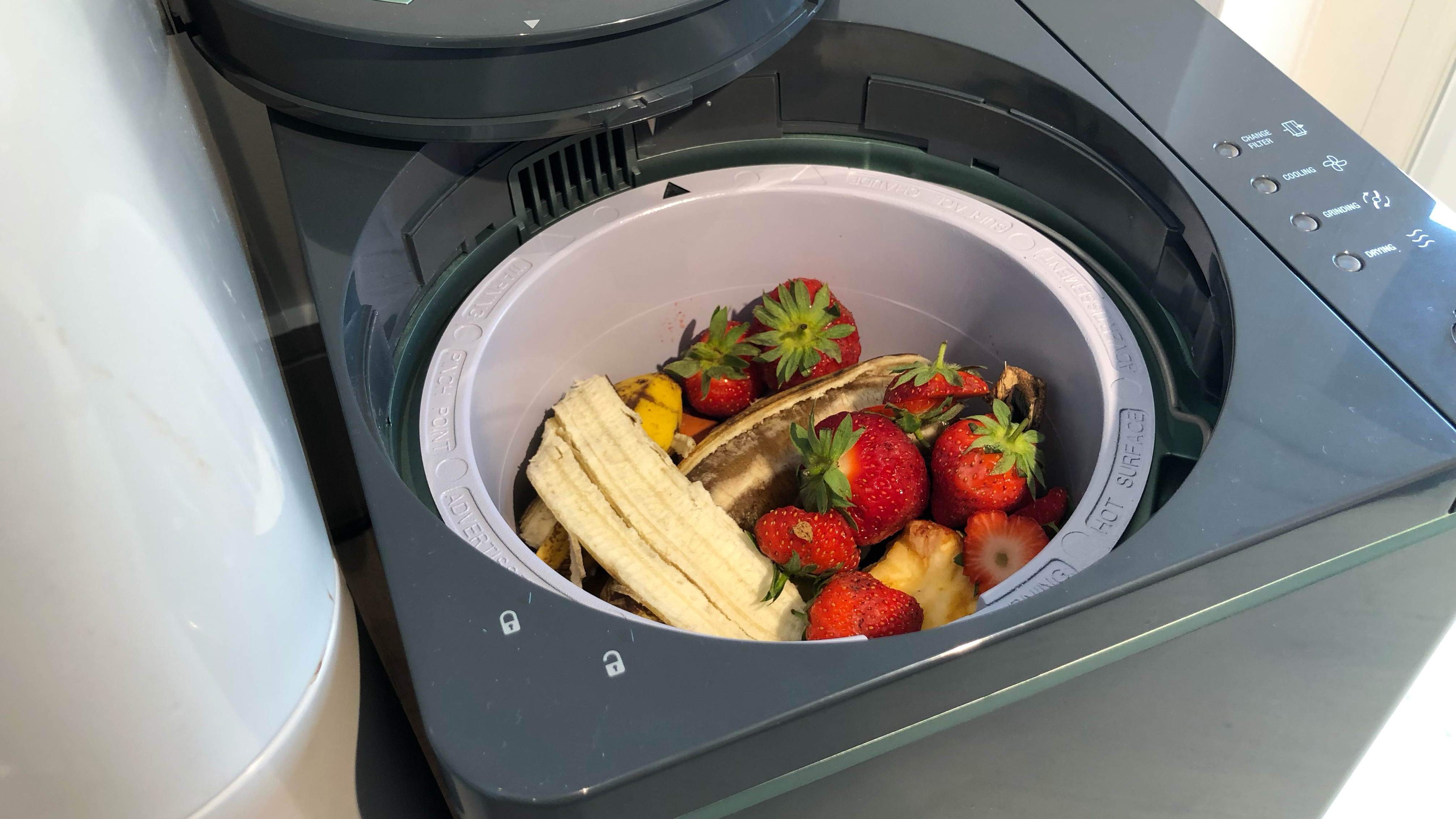
The FoodCycler can take all kinds of food waste including chicken, fish, fruit (including peels), cereals, seeds, coffee grounds, tea bags and egg shells. However, it can’t take foods such as bones, oil, nuts or pits.
Using it couldn’t be more simple. Just fill the bucket with your food waste until you reach the maximum mark. Admittedly, the max fill line isn’t very obvious as there’s no wording, but once you know it’s there you can look out for it. Then you simply insert the bucket, lock the lid and press go. It’s controlled by one-button operation and guides you through the cycle with indicator lights to show which stage it’s in. Once finished, it alerts you with an audible noise and you can empty the bucket out and start again. There’s also the option to pause the cycle should you wish to add more once you’ve started, although this can only be done during the drying cycle.
The FoodCycler uses sensors to adjust the length of its cycle. This means it will use the minimal energy necessary to break down the food waste. To put it in perspective, Sage claims 8 hours of food-cycling would be the equivalent of boiling the kettle 9 times.
Sage the FoodCycler Review: Performance
From banana skins, to teabags, crumpets, sausages, egg shells and apple cores, we tested an assortment of food waste to give the FoodCycler a challenge. Throughout the cycle, it was surprisingly quiet, making less noise than the dishwasher. It didn’t disrupt the TV and you could easily have open conversations over the top of it.
Only once did sound like it struggled to rotate the agitator. You could hear the machine was catching itself and there were minor scratches and chips underneath the bucket. The food was still broken down and it operated as standard after this cycle. We did not encounter this problem again and have to assume it had issues grinding a certain food type. Otherwise, the noise level stayed similar throughout and it was clear which stage it was on from the indicator lights on top.
While building up the food waste in the bucket throughout the week, we couldn’t smell anything unpleasant. This was the case whether the bucket was stored in the unit or just with the bucket lid. While running, we couldn’t smell anything for the majority of the cycle. There was a slight odour during the cooling stage, but it wasn't awful and soon dissipated once we opened a window.
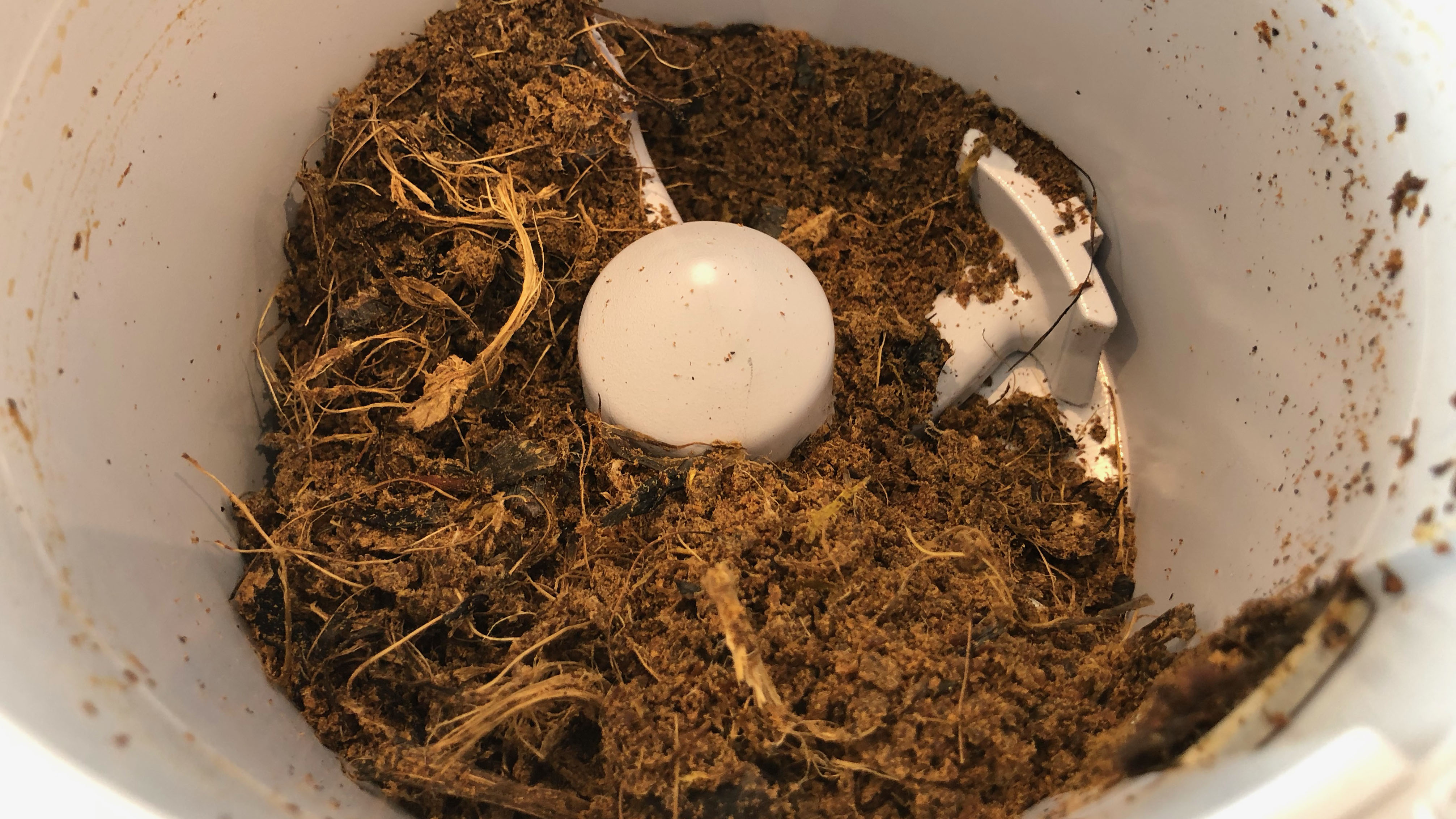
In terms of reducing the food waste, we found it was a complete success. All of the food waste was successfully broken down into EcoChips and you could visually see it was much less waste. The composition of the EcoChips wasn’t completely even, as there were a few strands, but the FoodCycler effectively did its job and the chips were ready for the bin or garden. On one cycle, the chips had not dried enough and had solidified, making it difficult to remove from the bucket. This may have been due to full bananas being in the bin, but on all other tests the consistency was perfect. As it sometimes needs up to 8 and a half hours to run a cycle, you occasionally need to be prepared to store excess food waste in the interim — we had to leave a few dirty plates out while it worked its magic. It's also worth noting that the bucket is still very hot as soon as the cycle finishes, so you will need to wait a few minutes for it to completely cool.
The FoodCycler is really easy to clean. We found most of the EcoChips tipped out like dust, although some residue was trapped under the agitator and needed to be dislodged by hand. The bucket is dishwasher-safe and we found this removed any remaining residue without damaging it. The rest of the unit needs cleaning by hand with a cloth.
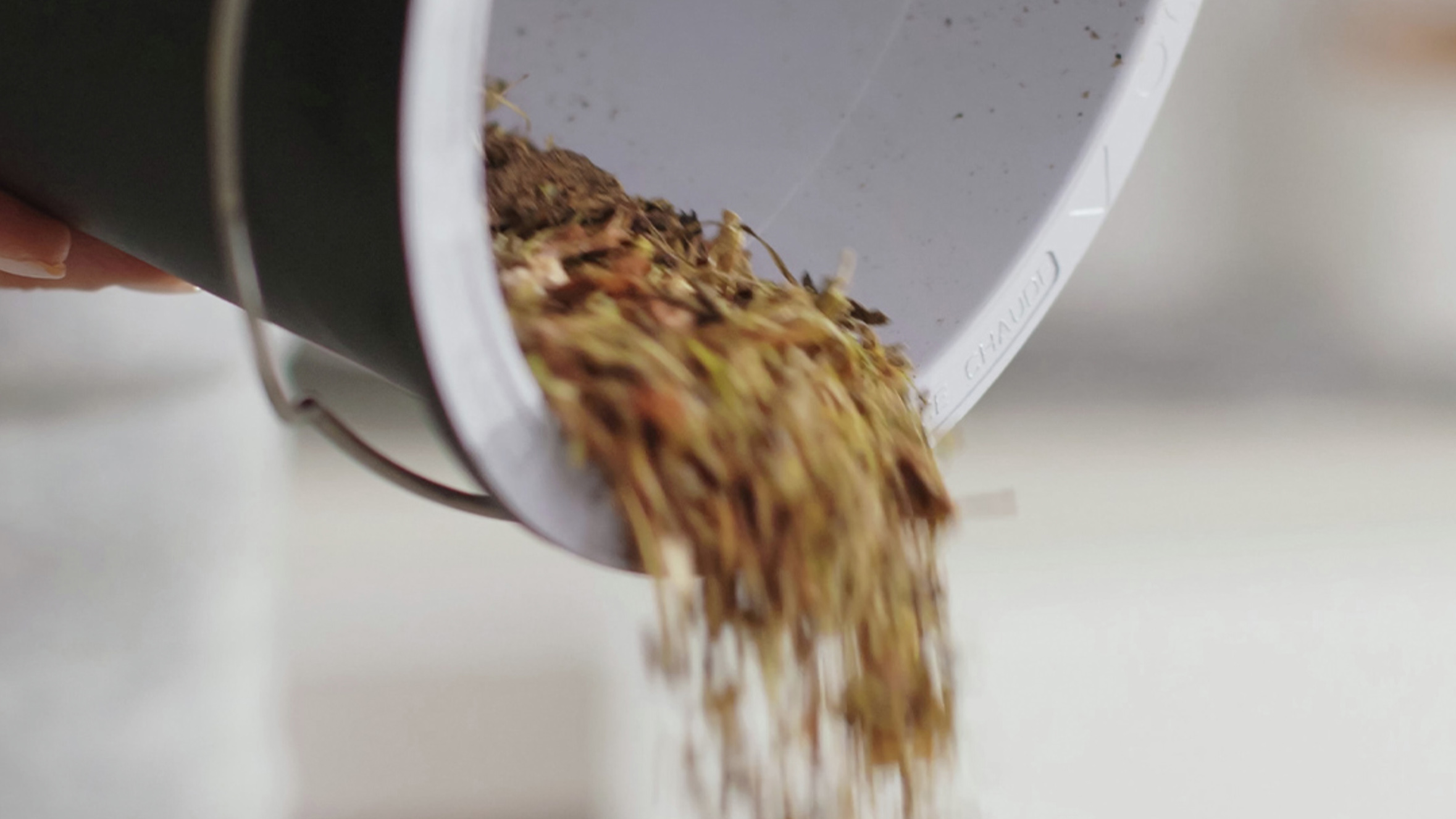
Sage the FoodCycler Review: Verdict
Ultimately, we were impressed by the simplicity and overall design of Sage’s FoodCycler. Everything fits together seamlessly, it operates from the touch of a single button and it’s effective at reducing food waste. The 2L compact bucket means it can be filled quickly, so perhaps it’s not an ideal size for large families, although you could run it daily to cater to more waste. It’s also not a cheap investment at almost £400 for the unit and replacement filters costing £35. However, if you’re keen to be more sustainable, then it’s worth every penny as there’s nothing else like it on the market.

Katie Mortram used to be a Homes Editor for Tom's Guide, where she oversaw everything from kitchen appliances to gardening tools, as well as smart home tech. Specializing in providing expert advice for cleaning and home manintenance, she now works as Household Advice Editor for Good Housekeeping.
